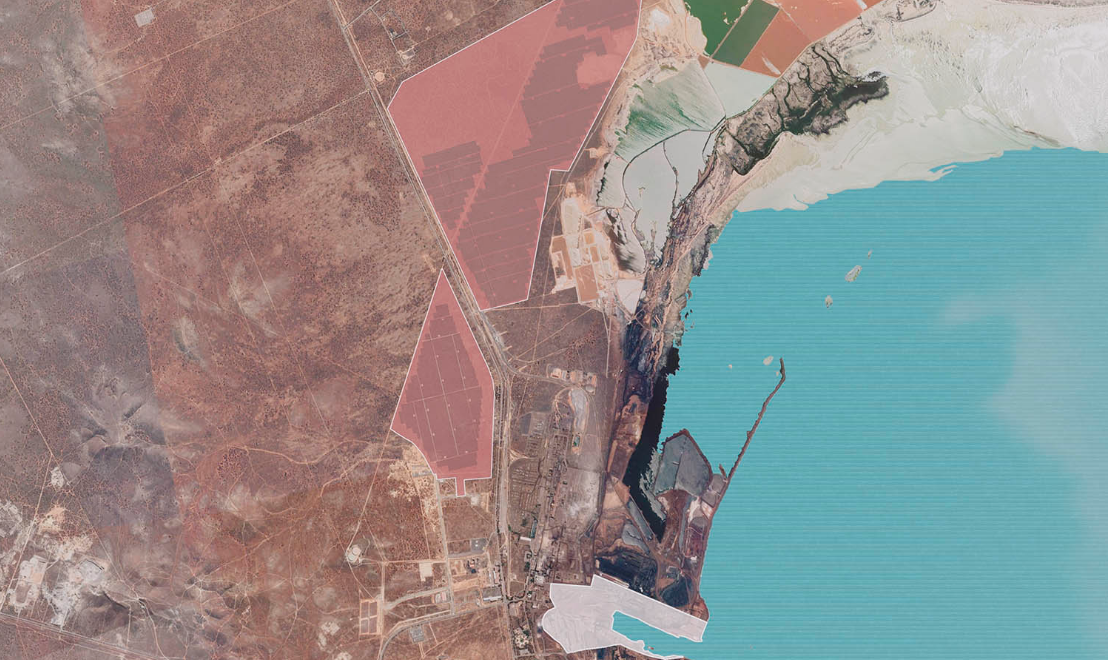“South Australia is a global pioneer in renewable energy and lowered emissions, but there are also significant obstacles to overcome,” Lara Panjkov, Renewable Energy Analyst at BloombergNEF, tells pv magazine in advance of delivering a big-picture market overview at tomorrow’s South Australian Renewable Energy Conference (13 October). “The lessons learned in South Australia today,” she adds, “will tomorrow provide solutions for many markets around the world.”
In 2019 renewable generation supplied around 55% of South Australia’s demand for electricity. The state is a leader in distributed energy resources (DER) with more than 1 GW of rooftop solar and numerous aggregation programs designed to advance the ability of DER to support grid stability even as SA’s wind generation exceeds 2 GW, and the system prepares to absorb a forecast 1 GW of large-scale PV over the coming four years.
At the same time, South Australia has given the Australian Energy Market Operator the green light to switch off its rooftop fleet to stabilise the grid when threatened by blackout; it’s devoted $10 million to upgrading its voltage management capabilities; and is at the cutting edge of innovative digital-based programs that will help utilise existing capacity for two-way energy flows as the state continues to grow its rooftop-solar penetration.
In South Australia, says Panjkov, “You’ve got challenges with maintaining system strength and inertia, with handling times of record low demand from the grid due to rooftop generation, and there’s also frequent negative pricing, especially during high wind output.”

Image: BloombergNEF
But successive South Australian state governments and energy operators, with the help of foresightful projects supported by the Australian Renewable Energy Agency, have maintained their commitment to transition. Last year the South Australian Liberal Government reiterated its intention to achieve 100% renewable electricity generation by 2030, under a framework that ensures security and affordability of power.
Panjkov says SA is the one to watch for the way in which it is addressing the many challenges of renewables integration. She cites existing successful strategies including development of the state’s three large-scale batteries — Neoen’s Hornsdale Power Reserve, recently expanded to 150 MW, the 30 MW Energy Storage for Commercial Renewable Integration (ESCRI) project at Dalrymple, and the 25 MW Lake Bonney battery — a huddle of synchronous condensers at Davenport and Robertstown designed to fill a system-strength shortfall, and the Project EnergyConnect interconnector set to balance the flows of energy between states and enable additional gigawatts of renewables to connect to the grid.
“The fast pace of South Australia’s renewable transition is catalysing a rethink of market design,” says Panjkov, cutting to the topic of her talk at the conference.
She gives the example: “We now understand the value of flexible resources, which helped shift the market to five-minute settlement” — a major reform (delayed due to COVID-19 until July next year), which will improve price signals that in turn encourage faster response times from aggregators and generators when the grid needs stabilising, and stimulate investment in demand-response technologies such as energy storage.
From big picture to bonsai forests
BNEF’s Energy Market Outlook for South Australia is followed at the conference by updates and future impacts of works in progress, such as Iberdrola’s Port Augusta Renewable Energy Park, UPC/AC Renewables Baroota Pumped Hydro Project, and the Eyre Peninsula Gateway green hydrogen/ammonia Supply Chain Demonstrator, which is considered globally significant as one of the first commercial plants to produce green ammonia from renewable resources, and demonstrate the adoption of green hydrogen across multiple value chains.
SiliconAurora CEO, Marie Pavlik will also give attendees the low down on the company’s multi-stage approach to developing a hybrid power plant with long-duration storage output that is expected not only to provide electricity to the National Electricity Market, but grid stability services, power purchase agreements and industrial heat solutions.
Ultimately, the project will include a 400 MW solar farm with progressive thermal storage capacity up to several thousand megawatt hours…
To operators such as SiliconAurora, Sun Cable with its plans for a 10 GW solar farm near Tennant Creek in the Northern Territory, and Scimec Energy Australia with its 280 MW Cultana solar plant, South Australian-based ecologist, Glenn Christie says, “I want to talk about dust.”

Image: Glenn Christie
The conversation begins and ends with productivity increase and cost reduction on solar farms, and centres on the key premise that developers should roll, not grade the earth before installing their trackers or fixed panels.
Christie is a passionate defender of bonsai forests — the native vegetation commonly found from Australia to North America, in arid zones where solar farms are so often installed.
He’s the final speaker at the SA Renewables Conference, and you’ll want to stay to the end, where he outlines the multiple benefits of using a 20-tonne roller to flatten the typically more-or-less knee-high forest — “it stays down for three to six months” — before building a solar farm, and then selectively managing more woody growth once it springs up again under the installation.
Sounds like make work? On the contrary, says Christie, who is testing his method with Scimec at Cultana, where 1,100 hectares will be under solar panels. He sets the scene for pv magazine, saying that if you grade the land you have to cart away the resulting plant matter, and will subsequently be forever waging war with generations of weeds, which fly in on the wind and on the wing; never mind that that the wind whips up dust liberated by the lack of anchoring vegetation, which then interferes with solar production and necessitates frequent costly cleaning of panels.
Plus naturally low-growing native vegetation reduces temperatures around the panels, improving their output.
Free carbon capture and valuable biodiversity credits
Going down the grader path of destroying natural vegetation also goes against the carbon-reduction credo of renewable energy by destroying the carbon-fixing, sequestering potential of adaptive native plant species. “Some of these plants live 100 to 300 years,” says Christie, who describes them as “icebergs”: what you see above ground is a fraction of their mass — “some have root systems 10 metres below the surface and deeper”, he says. That’s carbon capture and storage that works — for free!
And finally, caring for biodiversity should be its own reward, but states such as South Australia also provide biodiversity credits to savvy operators, which can be sold to other land developers who may not have the option of maintaining native flora and the fauna that feeds and shelters in it, but who must offset the losses they impose on the land.
South Australia’s renewable energy crucible demonstrates solutions that increasingly integrate solar, wind, battery storage and pumped-hydro generation into the wider grid, the industrial complex and environmental management — it’s worth keeping up!
This content is protected by copyright and may not be reused. If you want to cooperate with us and would like to reuse some of our content, please contact: editors@pv-magazine.com.









2 comments
By submitting this form you agree to pv magazine using your data for the purposes of publishing your comment.
Your personal data will only be disclosed or otherwise transmitted to third parties for the purposes of spam filtering or if this is necessary for technical maintenance of the website. Any other transfer to third parties will not take place unless this is justified on the basis of applicable data protection regulations or if pv magazine is legally obliged to do so.
You may revoke this consent at any time with effect for the future, in which case your personal data will be deleted immediately. Otherwise, your data will be deleted if pv magazine has processed your request or the purpose of data storage is fulfilled.
Further information on data privacy can be found in our Data Protection Policy.